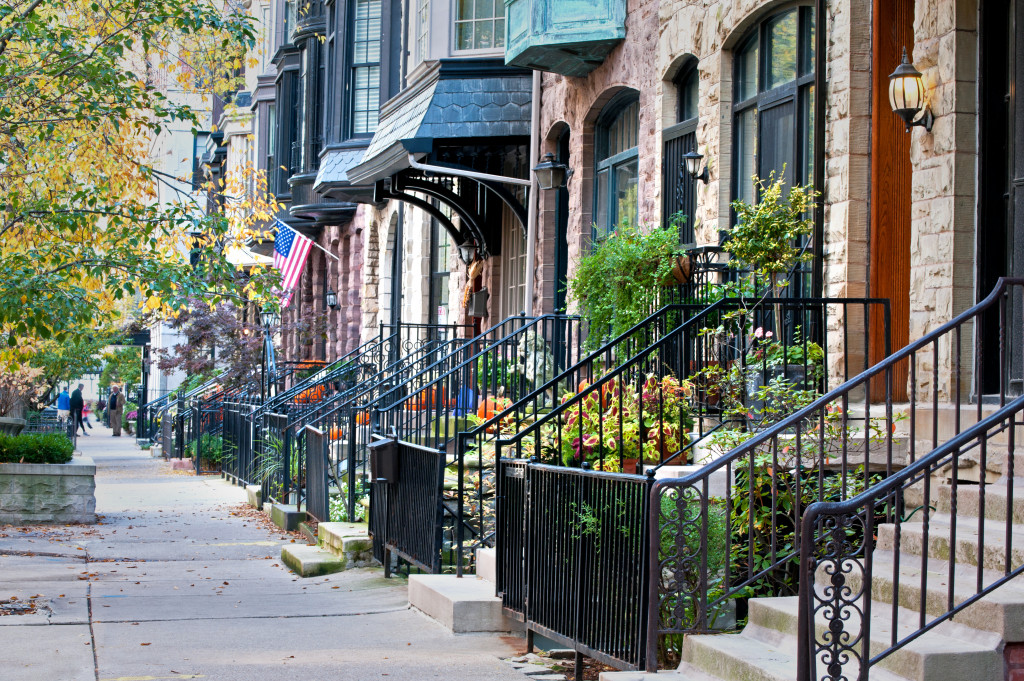When moving to a new house, it’s not only the property itself that you have to spend a lot of time mulling over. The quality of the neighborhood—and the safety therein—must also be a top priority, especially if you have children or will be living alone.
But how exactly do you deem a neighborhood safe? Some of the obvious signs are low crime rates (you can look this up online), neighborhood watch groups, and kids playing outside. But what are the other less obvious signs that you should also be looking for?
Here are a few:
1. Low fences or lack thereof
A precast concrete wall surrounding the community or residential development is a good sign of safety and privacy. But if you are not moving into a gated community, you would want to look for a neighborhood that has little to no fences or have fences that are so low that they don’t serve any other purpose than being decorative.
This may seem counterintuitive to finding a safe neighborhood, but think about it this way: if people feel safe in the community, would they put up fences around their houses? The answer is most likely no. The lack of high fences may also indicate that the neighbors respect each other’s privacy inherently.
2. Little to no ‘for sale’ signs
An abundance of ‘for sale’ signs in the neighborhood can be a sign that people are keen to move out. There could be a lot of other reasons other than safety concerns, but you should be wary if you see a lot of houses for sale regardless of the underlying reason.
3. Home security system signs
A neighborhood that is littered with home security system signs on front laws is an excellent deterrent for criminals out looking for a house to rob. Having home security systems does not necessarily mean that a neighborhood is dangerous. Most modern households today find security systems as a necessity and not a luxury, after all.
4. Cars parked in the driveway
When people feel confident about the safety of their neighborhood, they are more likely to leave their cars out in the driveway than parking them inside the garage. Try to visit the neighborhood at night when people get home from work and see if the majority parks their car in the driveway instead of the garage; you’ll get a good insight into how people feel safe in their own community.

5. Thriving local businesses
Business owners are more willing to invest in a safe neighborhood where people are out and about in the streets, ready to do business with them. So if there are a lot of local businesses around the neighborhood and they appear to be doing well, take it as a good sign.
On the contrary, if the local businesses appear desolate or there are is an abundance of abandoned commercial spaces, you may be looking at an unsafe neighborhood that has forced business owners to leave.
6. Kids playing outside
Not just in their front lawns—actually outside. You’ll know a neighborhood is safe if parents let their children play outside with other neighborhood kids. And if there is at least one adult watching over them, then that’s much better; you’ll know the people are looking out for each other in that neighborhood.
This is especially important if you have children or plan to have them in the future. If you want your kids to grow up in a safe and healthy environment, choose a neighborhood where they will actually get to play, socialize, and learn in the outdoors without you worrying about them every single minute.
7. Minimal police presence
You probably won’t have time to sit around and wait for a cop car to pass by while touring a prospective neighborhood, but if you do see more than one patrol car patrolling the area in a relatively short time, I could be a sign of high crime rate in that neighborhood.
8. Fewer rental properties
Not every tenant is automatically a bad person. However, if the neighborhood has more rental properties than owner-occupied houses, then you may want to rethink your decision. Being a renter means it is easier to pack up and leave, which is why areas with a large population of renters can be linked to higher crime rates.
These subtle signs may tell you more about the safety of a neighborhood than the more obvious ones. Nevertheless, be on the lookout for each and every possible indication of a safe or unsafe neighborhood when you start looking for your new home.

